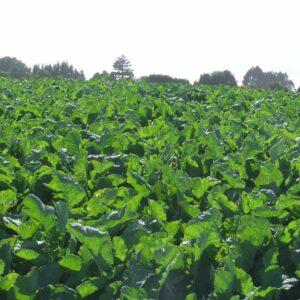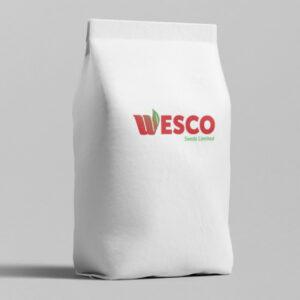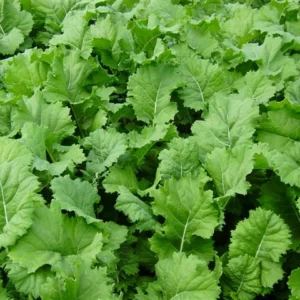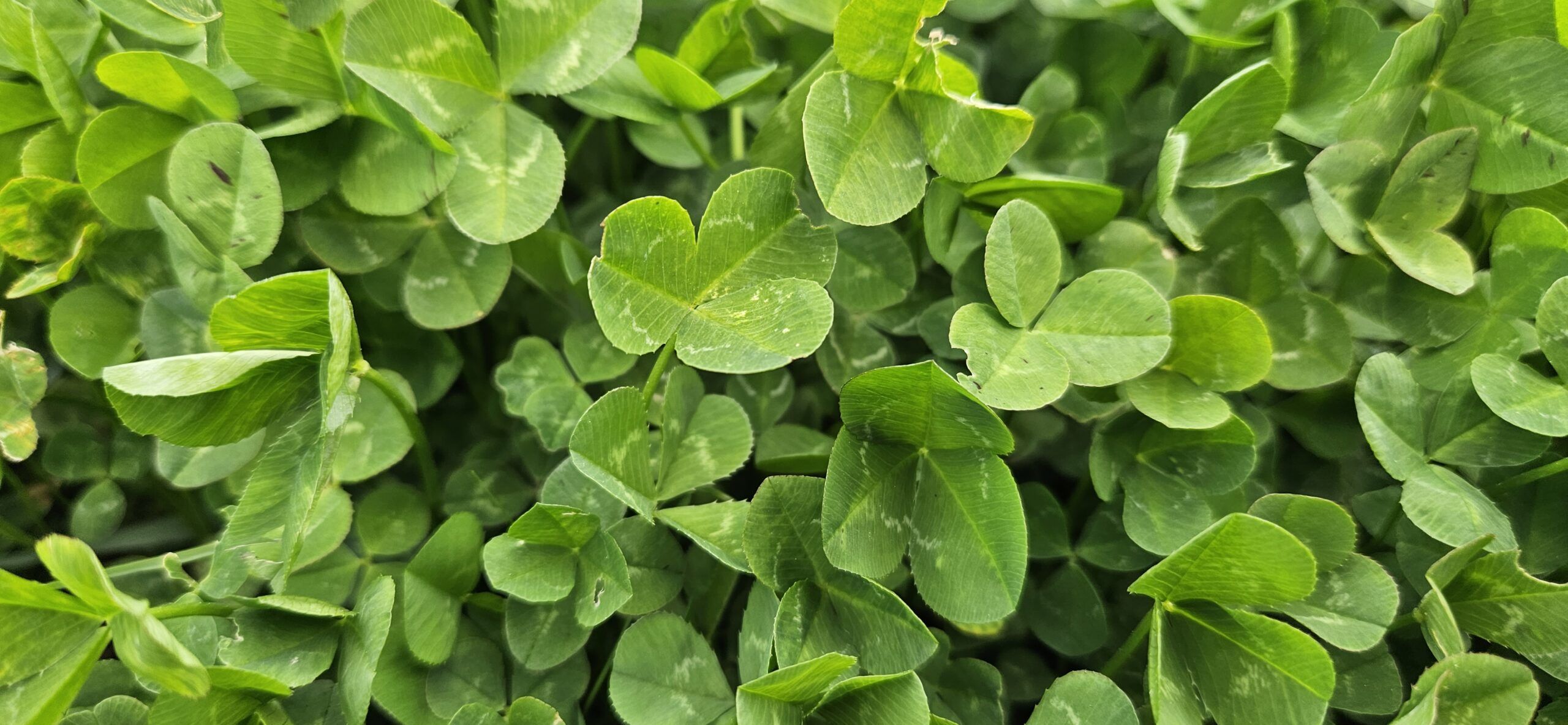Hardy White Clover
Home » Shop » Clovers and Legumes » White Clovers » Hardy White Clover
Hardy White Clover is characterised by having a small leaf size and medium to high stolon density. This cultivar has an exceptionally high nitrogen-fixing ability. Hardy White clover suits all classes of stock and performs well under set stocking
$17.75 – $23.75Price range: $17.75 through $23.75 excluded GST
Description
Pasture legumes like clovers are the key to success of New Zealand’s pastoral systems. Nitrogen is maintained by the biological fixation of nitrogen gas from the air by rhizobium bacteria that reside in the root nodules of legumes, to supply nitrates for plant growth. While this theory is still dominant in New Zealand agriculture, nitrogen, particularly in intensive systems such as dairying, can remain deficient with increasing amounts of nitrogen fertilisers applied.
White Clover is often considered the most critical legume for New Zealand agriculture. It is most suited to fertile soils in areas with warm, moist summers or under irrigation. White Clover will stop growing when the temperature is less than 8 degrees and therefore is not very productive during winter. Long periods of summer drought may also limit its growth potential. White Clover has a tap root that rarely survives more than two years. Following this, it develops a small shallow root system from stolon nodes. While it can be susceptible to drought, grass grub, and competition from other pasture species, it has adapted by reproducing both stolons and seeds. The solons are typically below grazing height, making White Clover tolerant to close intensive grazing.
White Clover is very efficient at fixing nitrogen. A pure stand of White Clover is estimated to fix up to 700 kg N/ha/Yr under ideal growing conditions.
Additional information
| Treatment | DYNASTRIKE, GOLDSTRIKE, UNTREATED |
|---|---|
| Hardy White Clover | 100% |
Cultivation
Sowing Rate
Price Table
| Treatment | 500 kg + | 100 – 500kg | 10 – 100kg |
|---|---|---|---|
| Untreated | $16.35 | $16.75 | $17.50 |
| Dynastrike | $19.35 | $19.75 | $20.50 |
| Goldstrike | $22.35 | $22.75 | $23.50 |
All prices are excluded GST. Minimum order 10kg. All seeds are supplied in 25kg bags. Bulk 500kg bags are also an option.
Related products
-

Kingsford
$13.50 – $19.50Price range: $13.50 through $19.50 excluded GST This product has multiple variants. The options may be chosen on the product page -

Rahu Ryecorn
$3.25 – $4.85Price range: $3.25 through $4.85 excluded GST This product has multiple variants. The options may be chosen on the product page -

Spitfire
$17.95 – $23.95Price range: $17.95 through $23.95 excluded GST This product has multiple variants. The options may be chosen on the product page
